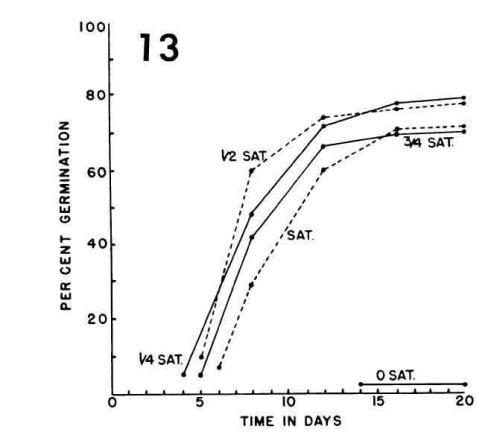bobjax said:
Hi Sue,
I think you are a member of the Facebook Daylily Hybridizers Nook. There is currently a survey there that shows what method people are using.
I had a look at the survey since the Hybridizer's Nook is a public group viewable by non-members and I'm not sure I see what the goal is.
It appears to be asking people what is the first thing they do after they harvest and dry their seeds, but does not address what germination rate they get over what timeframe afterwards, which is the whole point of stratification.
The survey options relate to after harvesting and drying, but what is drying? A few days, a few weeks? That would make a difference. Then two of the options don't seem to fit, why would someone dry seeds and then plant immediately, or stratify immediately, two of the four options? Also what about people whose first step is to dry and store in the fridge, then rehydrate to stratify?
I have to agree with some of the FB comments, there seems to be confusion between stratification and storage in a fridge. Stratification is not "wet storage" (actually should not be "wet" at all, or prolonged, just damp chilling for about 4 weeks). Dry storage (fridge) is just to hold the seeds over so they stay viable for longer periods until people are ready to start or stratify them, it's not intended to break seed dormancy, and it doesn't (disregarding for the moment that seed dormancies can wear off during dry storage).
Edited to clarify that in the last paragraph I was referring to refrigeration.

